Khmer dance performance for tourists visiting Ba Den Mountain Tourist Area. Photo: Duong Duc Kien
"The Country on the Shore"
In recent decades, the issue of national identity in culture has been widely discussed. There are two core issues: national identity and identity. The reality of the development of every nation, of which Vietnam is no exception, is that internal development plays a leading role and is the foundation of culture.
When emphasizing national character, it is to acknowledge cultural diversity. The cultural outline introduces the concept of nationalization, which is to acknowledge cultural integration and exchange. More specifically, cultural exchange is based on the endogenous strength of national culture.
Vietnamese culture is unified on the basis of Southeast Asian culture, that is undeniable. The unity in diversity of the culture of the Vietnamese ethnic community is also the product, the result of the process of building and defending the country of generations of Vietnamese people, through millennia until today, becoming the endogenous strength of the culture of the national ethnic community.
Our country is a country with a long history of civilization. It is on that foundation that, through thousands of years of history, our people have overcome storms and storms, standing firmly on the shores of the Pacific Ocean, where no enemy can subdue us.
The cause of building and defending the country of our people is closely linked to the creation and preservation of national culture, the cultivation of ethnic and national cultural values, which are nurtured and continued from generation to generation, becoming invaluable assets in the past as well as in the present and future.
When considering the internal strength of ethnic culture, it is necessary to consider the historical and geographical circumstances of that ethnic group in the historical process to see that those values are formed through many successive generations, have high sustainability but they are also always moving in the development process of each ethnic community and are affected by political and social factors.
Over thousands of years of history, our nation has gone through many changes in the process of building and defending the country. Building and defending the country has become a consistent feature throughout the nation's history.
Some main characteristics of the Vietnamese ethnic community can be stated as follows. The national civilization was formed and shaped early, creating cultural identity, national character and was nurtured and developed over thousands of years.
Thousands of years ago, the first centers of civilization and states were formed on the territory of Vietnam: Dong Son culture with the Van Lang - Au Lac state in the North, Sa Huynh culture with the Champa state (originally called Lam Ap) in the Central region and Oc Eo culture with the Phu Nam state in the South.
Vietnam's history is closely linked to the history of fighting against foreign invaders over 2,000 years ago. It is a glorious and heroic history but also has many painful losses. -Vietnam's history is the history of building the country of a nation on the East Sea coast from the mountains and valleys reaching out to conquer the delta plains and the sea with sustainable intensive agriculture.
The history of Vietnam is the history of the community of 54 ethnic groups standing side by side in the cause of building and defending the country. Although the survival process of the ethnic groups is not identical, but because of the common historical destiny, the solidarity within the ethnic community has become a precious tradition, creating the diversity and unity of Vietnamese culture.
The Vietnamese have concluded: Gourd, please love squash/ Although different in species, they share the same trellis. That trellis is the Vietnamese Fatherland. It is also the process of cultural assimilation and cultural exchange on the basis of national culture, gradually enriching national culture, contributing to the national and human cultural treasure. This exchange process has taken place since ancient and medieval times and especially in modern times, especially in the current integration process.
Platform in development strategy
Regarding national character or nationalization as identity, Prime Minister Pham Van Dong affirmed: National culture with the deepest and most beautiful meaning is the core of national character and identity from ancient times until now, is the red thread running through the entire history of the nation, creating a strong vitality, helping the Vietnamese ethnic community to constantly develop and grow.
Although the Outline did not mention identity clearly, it pointed out the elements that make up identity such as the issue of language and writing, the issue of grammar, fighting illiteracy, practicing new democracy in content... in the context at that time.
History has shown that globalization is not only a challenge for nations, peoples and ethnicities in terms of politics and economics but also in the cultural field, expressed through language, music, television, cuisine and costumes...
Under the influence of Western culture, many new concepts have emerged such as cultural pluralism, interculturalism, and transculturalism, showing the problems posed by the preservation of national cultural values and identities.
In that context, if a nation is not strong enough to resist the influence of exogenous culture, its value systems and especially its national cultural identity are at risk of being eroded, disintegrated or even assimilated. Culture is the social genome of every nation, therefore, a nation that loses its culture also means that it will perish as a nation or a state.
Inheriting and developing on the basis of the values of the "Outline on Vietnamese Culture", the Outline on Vietnamese Culture in 1943 is a document that lays a solid foundation for building cultural theory in Vietnam, a flag to gather and encourage intellectuals and artists of the country to enthusiastically participate in the revolutionary cause led by the Party.
In response to the requirements of innovation and international integration, the Party issued Resolution No. 03-NQ/TW dated July 16, 1998 of the Central Executive Committee at the 5th Central Conference, 8th term, on "Building and developing an advanced Vietnamese culture imbued with national identity".
This can be considered the second platform of our Party on culture. Resolution of the 5th Central Committee, Session VIII, has supplemented the scope and connotation of culture, including ideology, ethics, lifestyle; cultural heritage; education and training; science and technology; literature, art; mass media; cultural exchange with the world; cultural institutions and structures.
The national character or nationalization from the Outline is concretized into national cultural identity. After 15 years of implementing the Resolution of the 5th Central Committee, Session VIII, on June 9, 2014, the 9th Conference of the 11th Central Committee of the Party issued Resolution No. 33-NQ/TW on "Building and developing Vietnamese culture and people to meet the requirements of sustainable national development".
The Resolution emphasized the particularly important role of the subject of creation, construction and development of national culture, which is the human factor, in response to the requirements of international integration and absorption of the quintessence of human culture.
At the 2021 National Cultural Conference, General Secretary Nguyen Phu Trong pointed out: “Culture (...) can be understood in two senses: broad and narrow. Broadly: culture is the level of spiritual and material development of mankind in each certain historical period...
In a narrow sense: culture is the spiritual activities of a society, including the fields of education, science, literature, art, ethics... Culture also includes both material culture (historical relics, cultural works, cultural heritage, cultural products: communal houses, pagodas, shrines,...) and intangible culture (folk songs, folk songs, folk songs, festivals; customs and practices of each country, each region, each ethnic group, each locality...).
But whether in a broad or narrow sense, when talking about culture, we are talking about the quintessence, the most quintessential things, distilled, crystallized, and molded into the best, noblest, and most unique values, very humane, benevolent, humane, humane, progressive.
The ideological arguments and strategic orientations of the 1943 Outline on Vietnamese Culture of our Party laid the foundation for the construction and gradual improvement of the Party's cultural line, making culture a support in the country's development strategy and the aspiration for a strong Vietnam. The core views of the Outline continue to be implemented in practice and provide theoretical inspiration for the construction of Vietnamese culture and people today and in the future.
Viet Dong
Source link







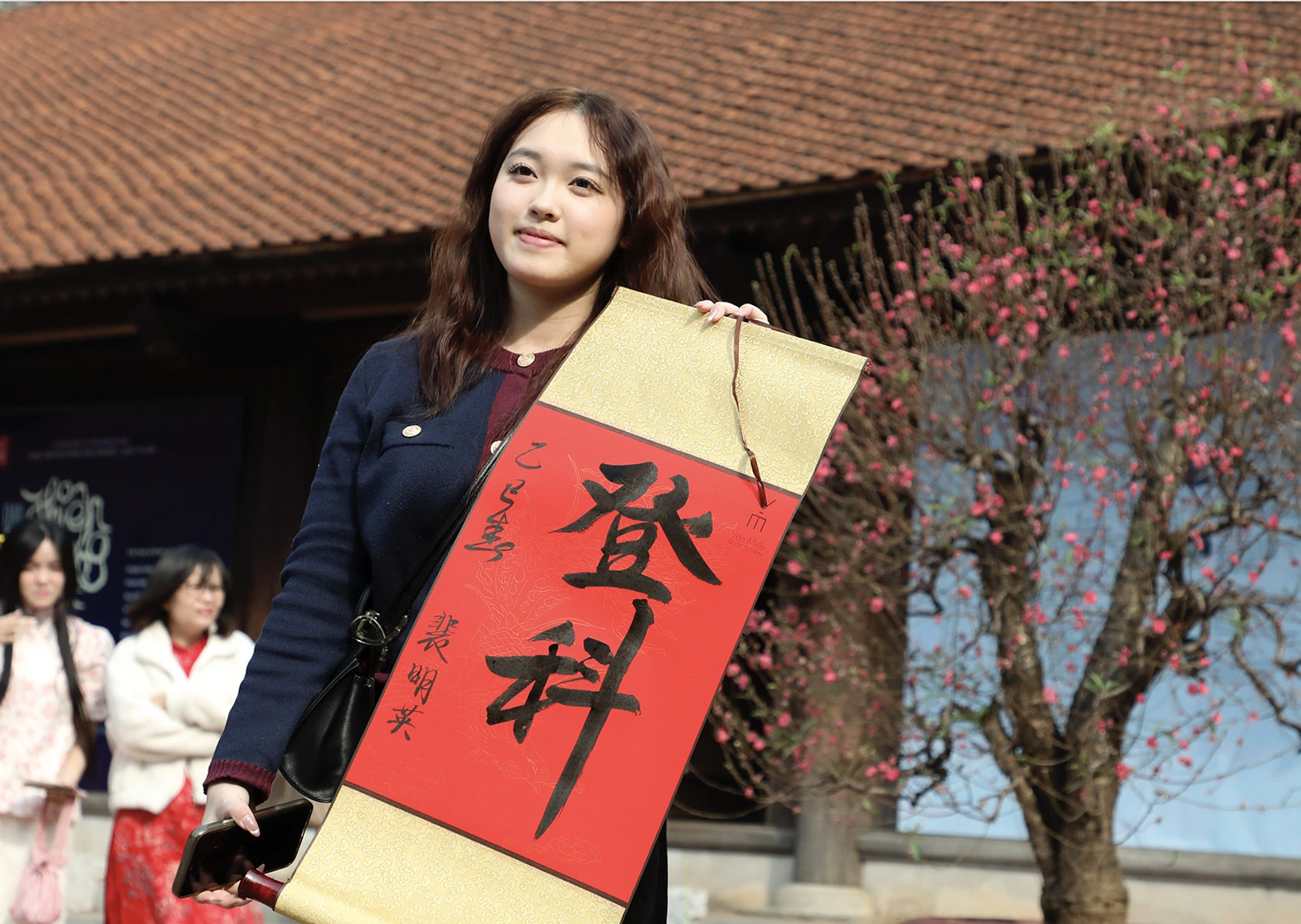
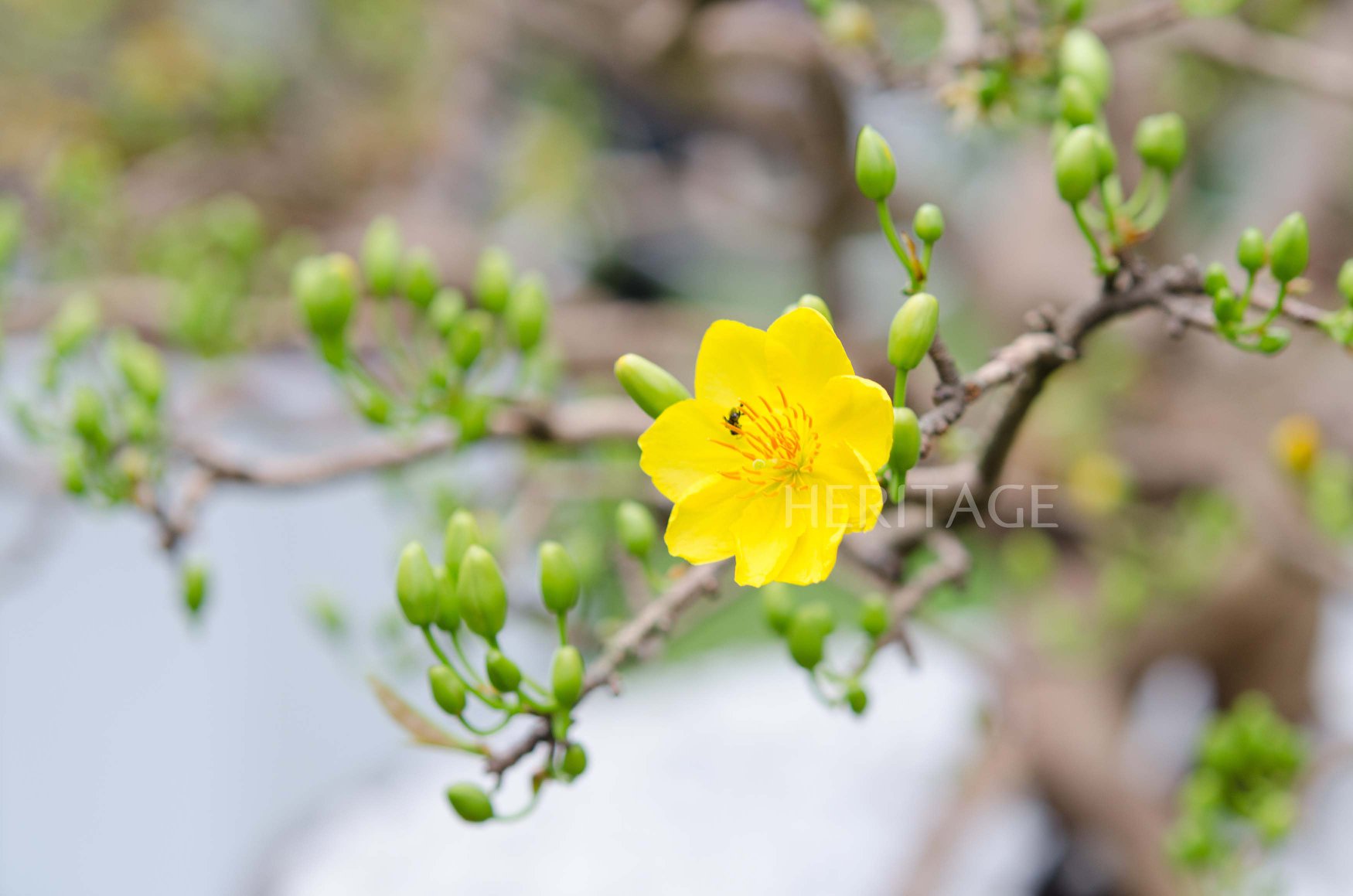














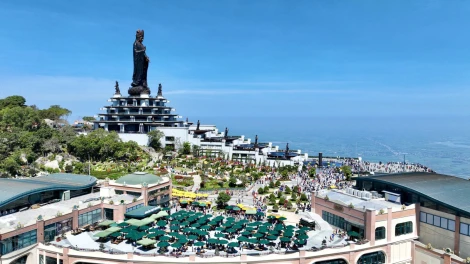

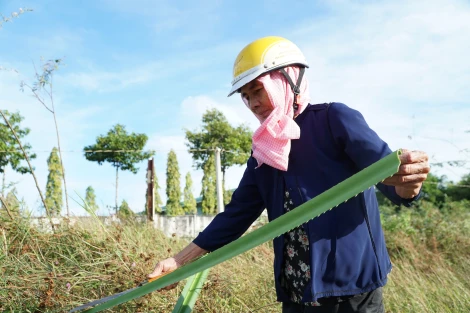



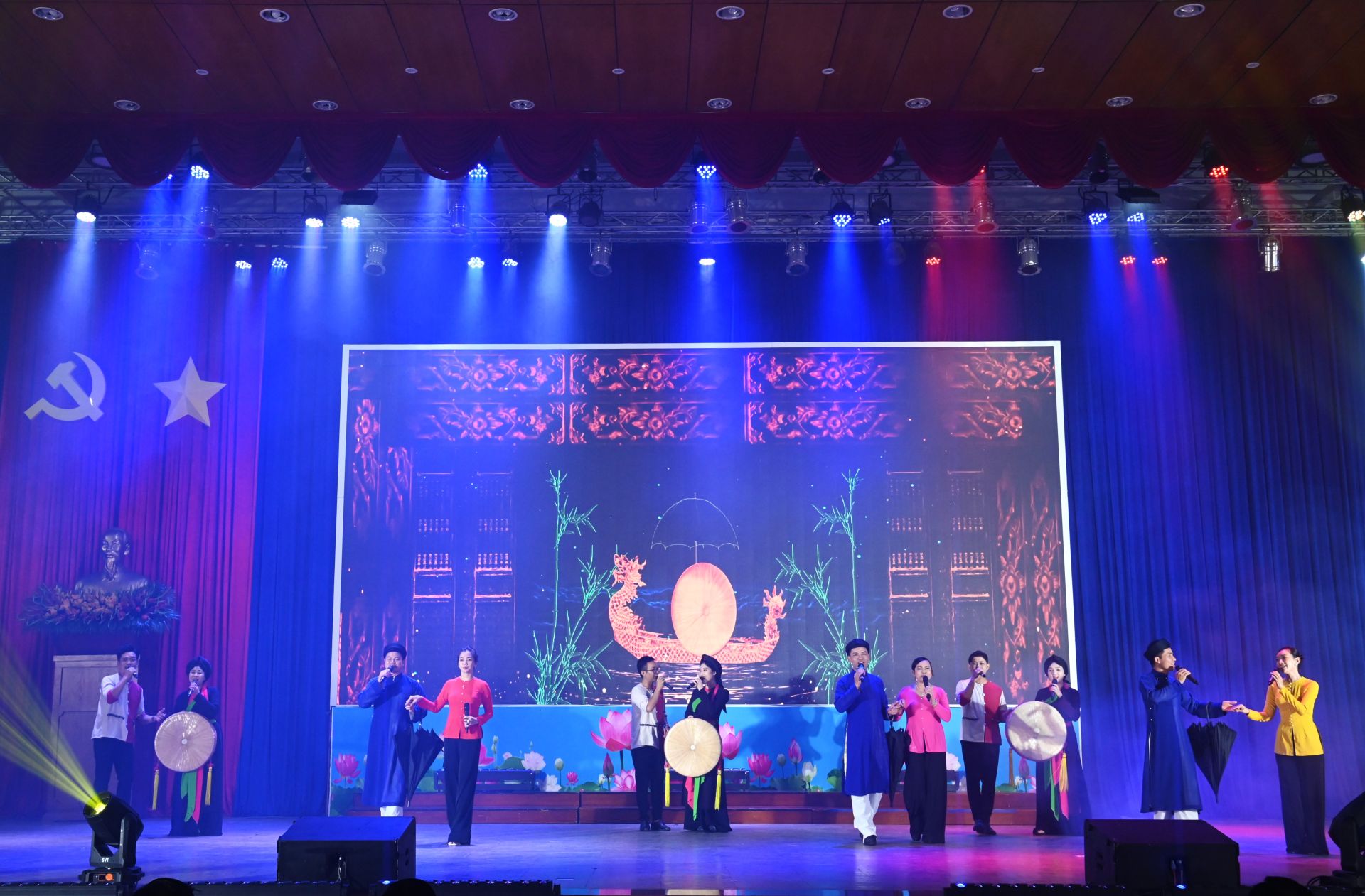
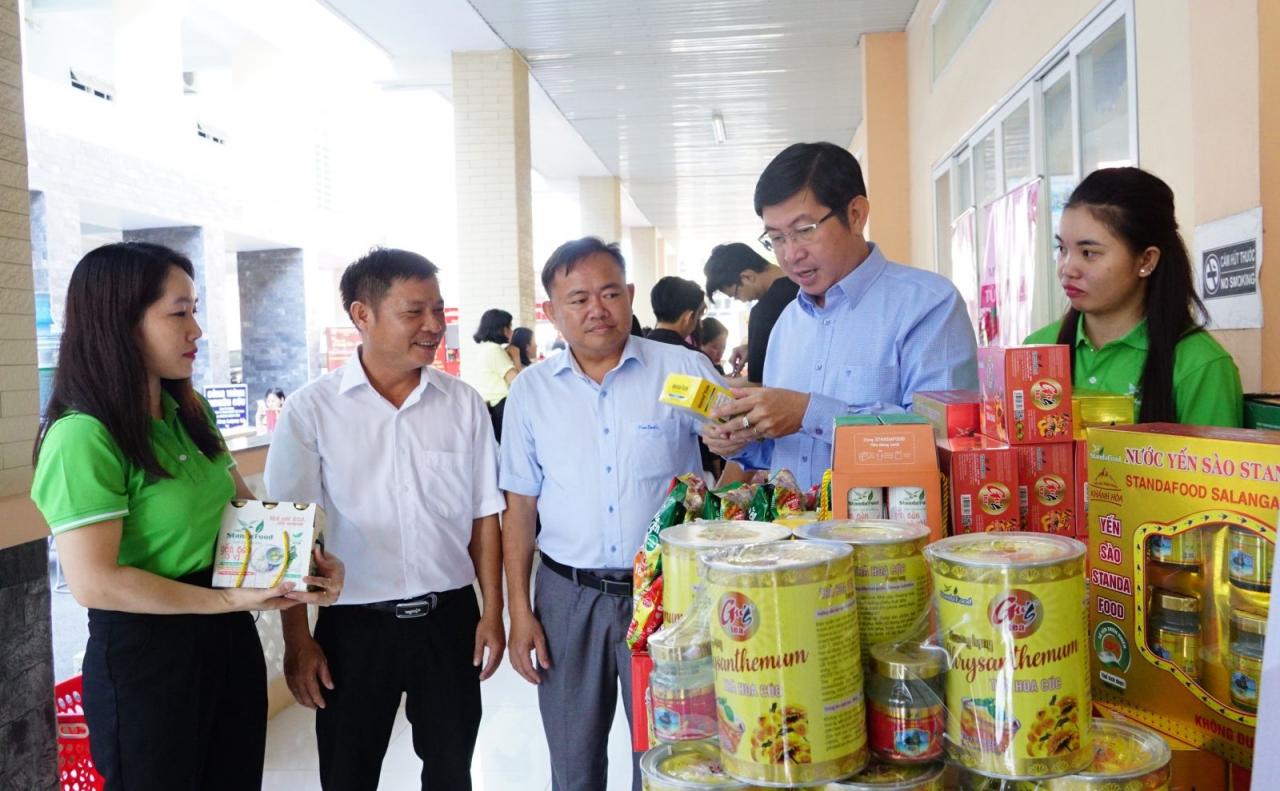
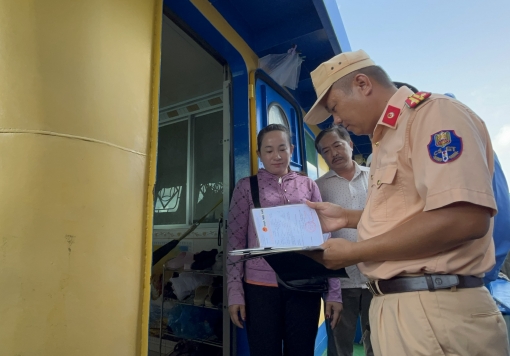
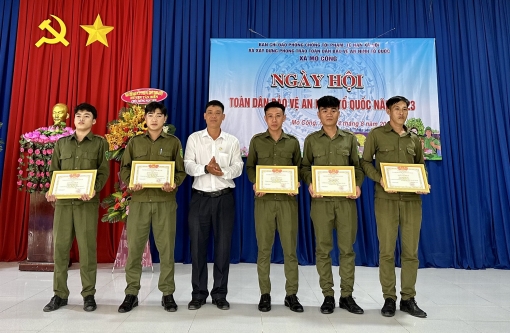
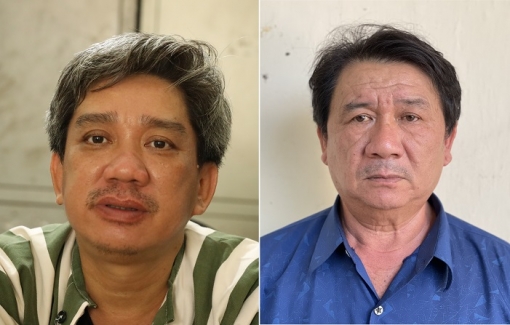
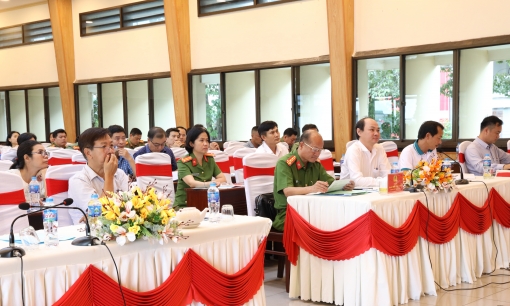

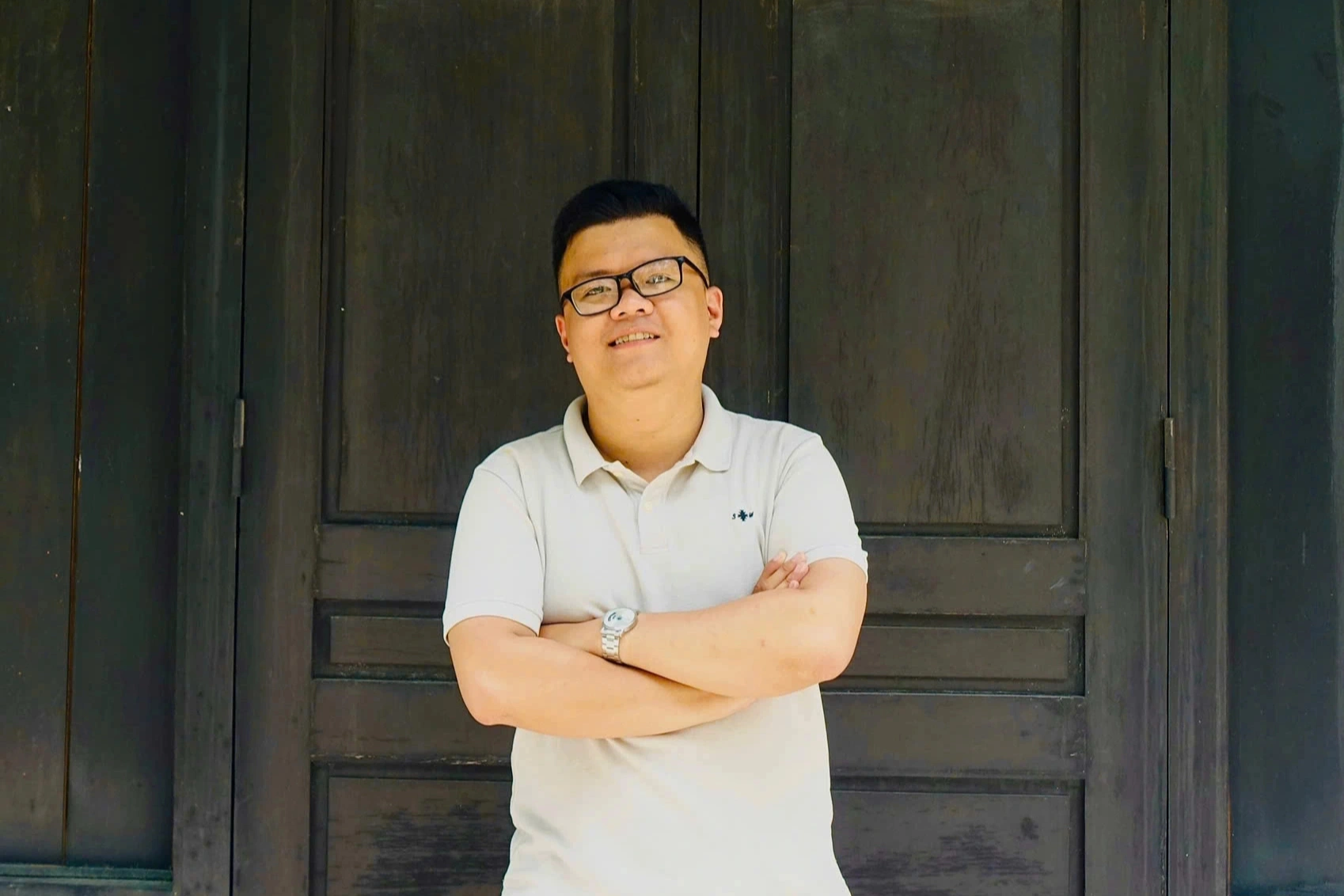

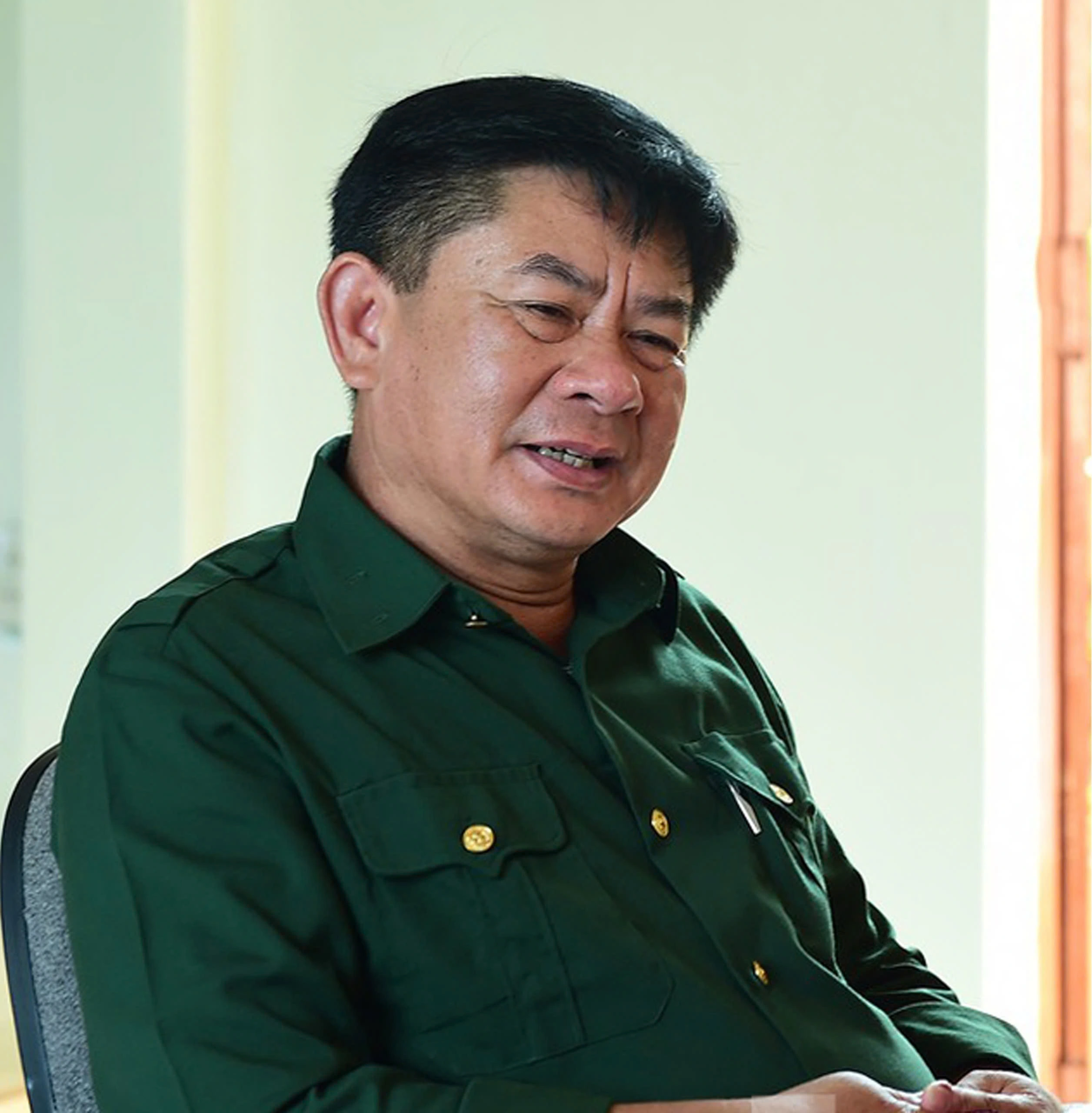

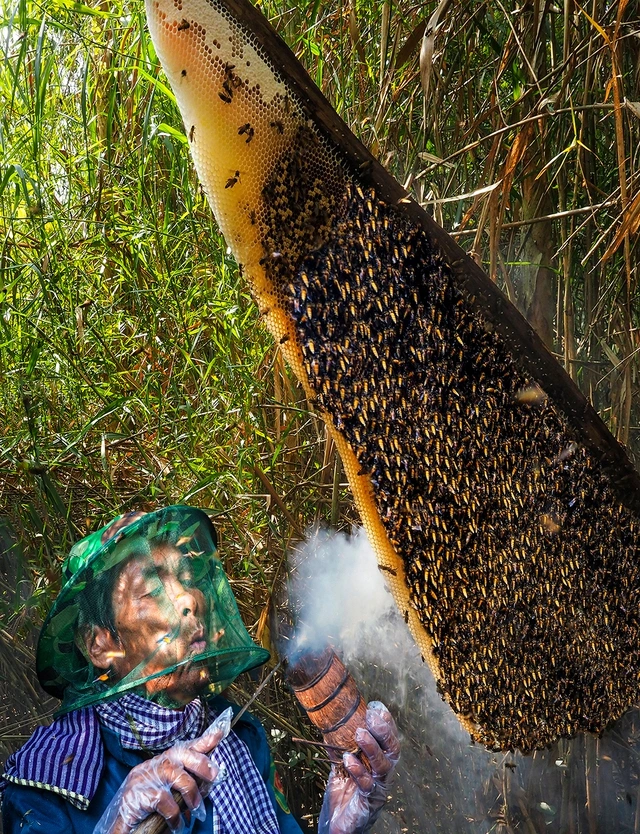
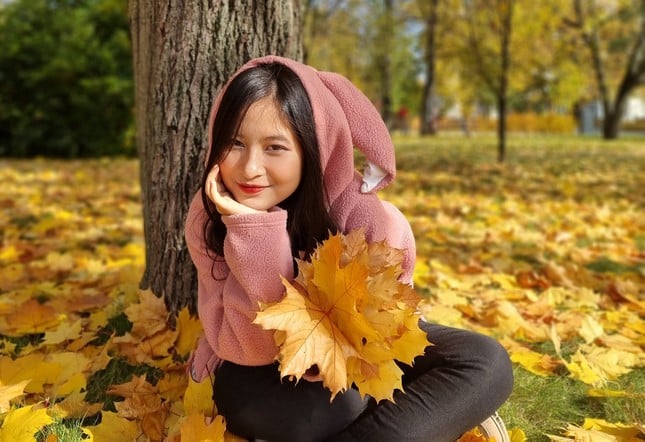

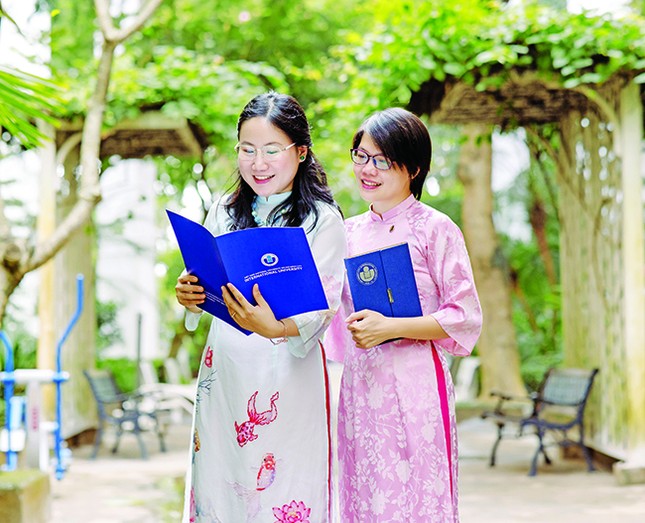





Comment (0)